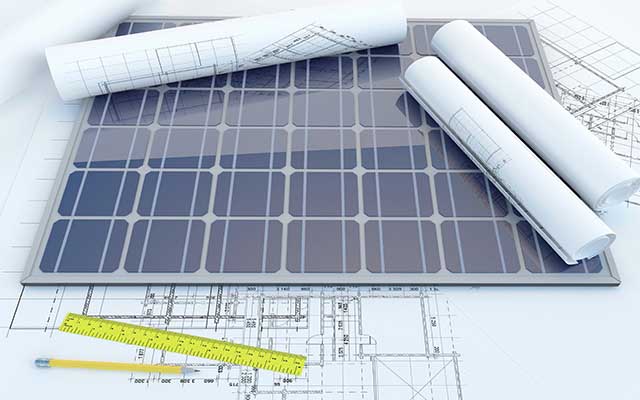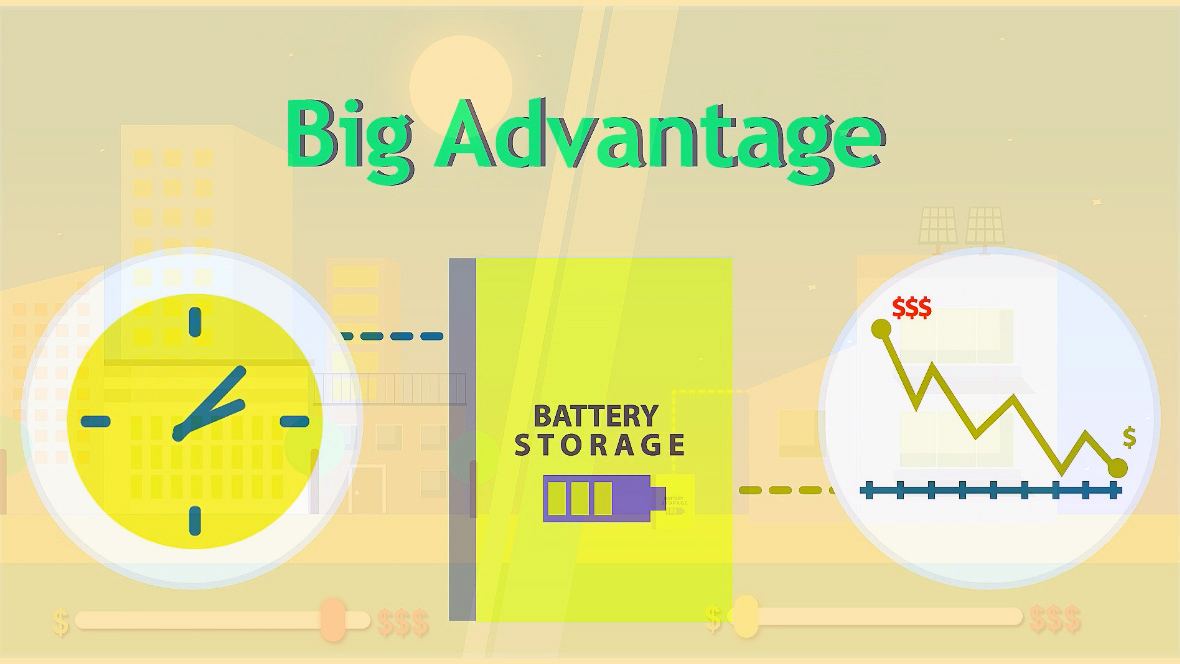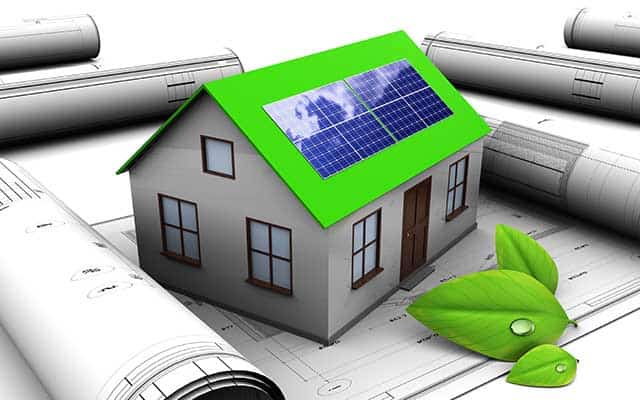Variables to Consider when Designing Solar Energy System
Solar systems, also known photovoltaics (PV), can greatly vary in size, but they generally range from 2 to 20 kW for residential and from 20 kW to 200 kW for commercial. Several factors affect this size, including site conditions (shading and roof orientation), the energy consumption, space availability (roof or ground), and funding availabi
Choosing the right size for your house or business
Know your home/business’s energy utilization. You should know the amount of electric power your building consumes. You’ll get that information from your utility bill, which will contain how much energy you use in kWh, as well as how much you pay for it. Do you intend to change anything that will influence your electricity consumption (e.g., a house expansion, a new electric car or any kind of efficiency-related home improvement)? Mention this information to the Promsun representative you talk with, so that we propose systems with sizes matching your needs.
Your Electricity Utilization – Are you aiming for 100% power coverage or smaller?
It is true that when you produce more than you consume will receive a refund on your utility bill from month to month (net metering). You should avoid installing a system that consistently outputs more than 100% of your required energy, since you will not get any reimbursements for the excess power when the year ends. Another reason not to opt for too big of a system, is that you may install further energy saving features along the way.
To know what is your current energy usage, check the kWh rates on your energy bill. Add all bills of the previous year and calculate your year-round electricity consumption.
Estimating the Size of Your Solar Electric System
Many factors define the size of a system, including space availability, funding and energy requirements. First we determine your annual power consumption and then we survey your site for a suitable location, shading and space availability. Finally, we design your system taking into account financial factors and reimbursements.
The system size depends on 3 main factors: power consumption, space restriction and budget.
We will start by surveying your site, free of charge, which includes checking out your energy bill and finding out what are the highest loads that are commonly used in your house. By using this information, our Systems Designers will zero in on the system size that will best work in your case. Common parameters influencing system size calculation are your budget, the size of your roof and the degree of change you wish to impose on your utility bill.
What Is a Site Survey?
A qualified technician conducts a Solar Site Survey when he visits the potential site for a photovoltaic system. They thoroughly review your location and produce a comprehensive report about your solar system, including the following elements:
• Roof design and age
• Roof direction and angle
• Space availability and the presence of other obstacles for solar panel installation
• Is the electric service panel suitable? Will the new dedicated breaker fit in the existing space?
• Inverter optimal location
• Analysis of shading from nearby objects and other elements that would influence the amount of solar energy reaching the panels
It takes about 20 to 45 minutes to conduct a survey. The technician will have to be able to reach the potential system’s location of installation. While there, he will make use of special technical means to calculate the best possible angle and orientation of the system. The technician will also take multiple photos of the system’s potential location. These photos will be entered into our solar software, which will conduct several calculations that will provide an estimate of how much power the system would be able to produce. What you’ll get from us is a comprehensive report in our sales offer including a detailed Return On Investment
(ROI) for the candidate installation site, recommended solar panels (number, brand and type), estimated kWh generation of the system, all related fiscal information including tax rebates and credits, simple payback and energy saving on a yearly basis.
Design and Evaluation of Solar System
By evaluating the system size, our engineers perform all calculations required to estimate of how many kW your PV system should produce to keep your energy needs covered. Ideally, your solar system should be sized in such a way that exactly matches your energy needs during the sunniest days, whereas let you get some energy from the grid on winter or when the sun is mostly hidden.
In reality, you will notice a drop in your annual electricity consumption with any solar system. How big that drop is, will depend on the size of the system. To estimate the drop, see how many kWh your house consumed during the past year. If you are missing some of the bills, then make an estimate according to your average daily use. A 1kW-powered solar system will produce about 2,000 kWh in 12 months. That accounts for about one quarter of the average home’s yearly power needs.
Cost-Effectiveness of Solar System
In terms of cost-effectiveness, it is better to opt for a system that closely matches your energy needs and remain reliant on the power grid for days with exceptional power use or limited sunshine, than getting a system that is too big.
Energy Efficiency Above All!
At first, you should understand your energy consumption patterns and then start implementing energy saving features. With a few simple energy saving tricks you will gain much more from cutting your energy costs than covering it up with solar-derived power. Plus, by cutting down on your energy needs, you will be able to use a smaller solar system.
Simple energy saving tricks may be:
– Use appliances of smaller size
– Replace conventional lights with high-quality fluorescent or LED lighting
– Replace conventional electric water heaters or clothes dryers with ones that operate on propane or natural gas
– Replace your old “cooling” appliances such us refrigerators, air conditioners, dehumidifiers or freezers with newer ones with better efficiency ratings
As we are used to say in the sustainable energy field, “Energy Efficiency comes First”.
For every $.05 you spend on increasing your house’s efficiency, you save up to $1 on renewable energy equipment’s acquisition cost.








